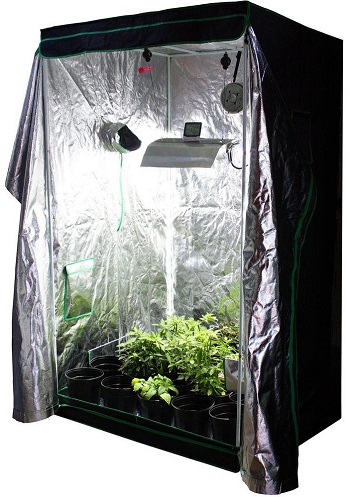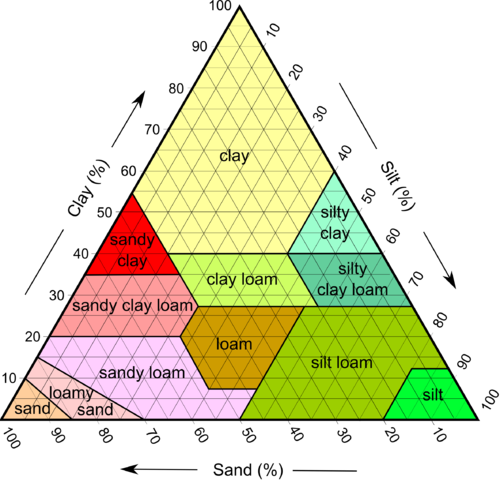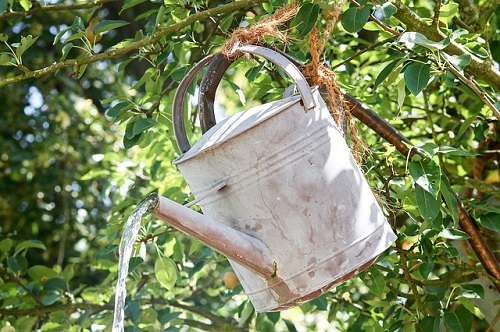So, you want to start growing some weed for personal or medical use. But you’ve never grown anything before. Does that describe you? If so, read on.

The following is an article produced by Growers Network. This article is for educational purposes only. We do not claim any responsibility for any legal or financial repercussions of your decisions. Always consult with a lawyer or attorney before making a decision that could have a legal consequence!
How to Grow Cannabis 112 - Practical Planning
Assuming you are allowed to grow in your locale, now we need to consider some more practical matters. Marijuana is a living organism that requires several things to grow:
- Time (>8 weeks)
- Sufficient Space
- Light
- Water
- Growing Medium
- Nutrients
- And air, which has the CO2 necessary for photosynthesis.
Time
Pot typically takes 8-12 weeks to grow and will require a relatively significant amount of attention to make sure that it grows pest-free and well. If you’re growing in an outdoor environment, marijuana may take longer to grow because it is an annual plant that typically starts flowering in the Fall when light levels start to decline.

Space
Generally speaking, most laws regarding personally-grown cannabis require it to be grown in an “enclosed, locked facility” and not cause any kind of nuisance due to its smell. This typically means you’ll be growing indoors unless otherwise noted by your state or municipality. In some locations, you can grow in your backyard if your yard has a sufficiently tall fence and the cannabis is hidden from public view.
If you are growing indoors, consider investing in a grow tent of an appropriate size to provide the best growing environment for your cannabis and to control potential odor and space issues. A grow tent makes the most efficient use of any artificial lighting in a residence. If you’re renting a property, you absolutely should use a grow tent so you don’t lose your security deposit.

If you have the opportunity to grow outdoors, weigh the pros and cons of growing outdoors. Generally speaking, growing outdoors is easier and cheaper, but you also expose your plants to more pests and environmental hazards. If your locale experiences extreme weather, your crops will have to deal with the extreme weather as well.
No matter what you decide, you also need to consider…
Light
As we mentioned above, weed also needs light.
If you’re growing outdoors, you should already have the light factor covered. Set aside a sunny spot in your yard so that your plants can get the most sunlight possible. If you’re growing indoors, you’ll need to provide a source of artificial light, a window, or a skylight. There are a wide variety of lights available for purchase, some of which may or may not be useful to you as a home grower. Here’s a list of the major artificial light sources you can select:
- Fluorescent Bulbs: T5 fluorescent bulbs are applicable in artificial lighting. They are cheap, electrically efficient, and run relatively cool. The downside to T5 lights is that their light output is relatively small, and they may need frequent replacement if they are running constantly. Plants will grow more slowly under fluorescents.
- HID Lamps: HID lamps are a high intensity artificial light source. They are relatively cheap, durable, with a very intense light output and are common in commercial indoor grows. The downside to HID lamps is that they put out an immense amount of heat and consume a lot of electricity. If you rely upon a conventional air conditioning unit to cool your property, it may not be enough to counteract the heat generated by an HID lamp.
- LED Lights: LED lights use light-emitting diodes to generate artificial light. They are electrically efficient, durable, and run relatively cool. The downside to LED grow lights is that they typically have a very high initial cost (usually several hundred dollars), and you will probably need to do some research to find out what is most appropriate for your space.
For your first indoor grow, we recommend sticking to fluorescent bulbs or LED lights, as the heat output and electrical consumption from an HID lamp can be very unwieldy to a first-time grower. We’ll cover HID lamps more in more advanced courses.
Water, Nutrients, and Soil
Cannabis is a thirsty plant that likes to be well-fed, much like your aunt Trixie. ZING!

With that kept in mind, for the purposes of our 100 series on How to Grow Cannabis, we will be using soil to cover both our nutrients and our medium. There a number of commercial growers who use soil, and it is relatively cheap, easy to find, and easy to use. The soil itself holds lots of nutrients, and generally doesn’t require much micromanagement.
If you’re growing outdoors and in the ground, make sure that your soil isn’t too sandy, too rocky, or too filled with clay to grow. Ideally you want your soil to be “loamy,” which is ideal for outdoor growth.

If you’re growing in a pot (pot in a pot), you’ll want to pick yourself up some potting mix from the nearest Home Depot or gardening store. It’s relatively cheap, just make sure you buy enough to fill all the pots you’re going to grow in. Potting mix is specially formulated to be loamy, but also hold water very well. We don’t recommend using dirt from your backyard in a pot, as it will not hold water very well. If you're looking for brands with an emphasis on cannabis nutrients, considering looking at these brands:
As for watering, it really just depends on how automatic you want it to be. There are a large variety of automatic watering solutions available, but for the sake of simplicity, a good old watering can doesn’t hurt.

In more advanced courses, we’ll cover other mediums such as rockwool, coconut coir, sand, beads, etc. and automation tools such as drip irrigation and fertigation.
10 Best Gift Ideas for Cannabis Connoisseurs and Growing Aficionados (2022)
December 7, 2022Developing and Optimizing a Cannabis Cultivation System
December 14, 2021Dealing with Insomnia: How Can CBD Help?
December 10, 2020Your Guide to Sleep and CBD
December 7, 2020
Do you want to receive the next Grower's Spotlight as soon as it's available? Sign up below!

Do you have any questions or comments?

About the Author
Hunter Wilson is a community builder with Growers Network. He graduated from the University of Arizona in 2011 with a Masters in Teaching and in 2007 with a Bachelors in Biology.